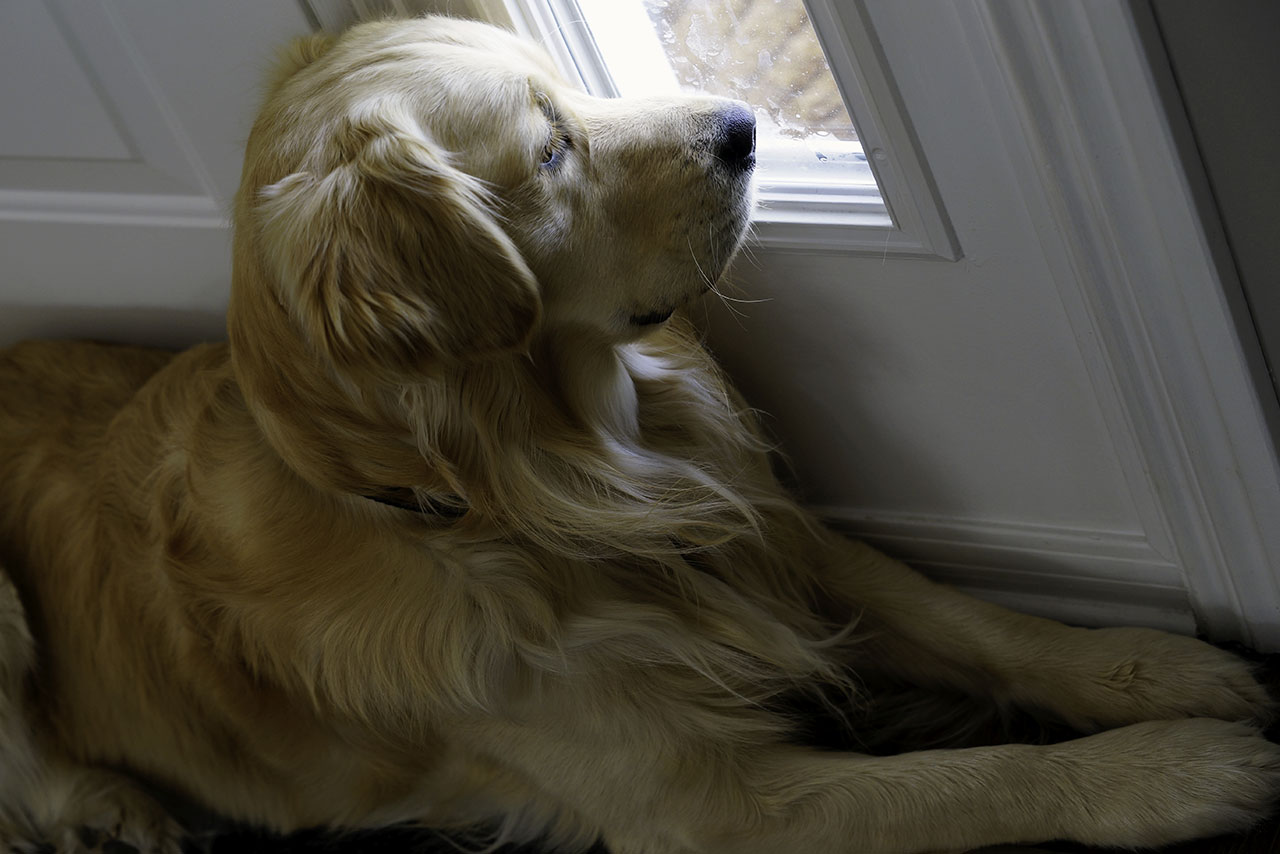Tips For Pandemic Pets

There have been a few silver linings since everything changed in March of 2020, and one has been cuter than all the rest. Dubbed as “pandemic pets”, those desiring companionship brought new puppies and kittens into their homes, and these new furry friends have helped many pet owners through some pretty rough patches. Then, there are those who already had their furry companions and due to COVID, those four-legged friends got use to their owners being at home with them every day.
As vaccines become more available, shops begin dusting off open signs, and restaurants add a few more chairs around tables, the urge to return to social normalcy is top of mind for many. And that brand new puppy or kitten is looking to you on how it’s all going to unfold.
While we’ve all learned that there’s a lot we don’t know about tomorrow, there are plenty of things you can do to prepare your puppy or kitten for your reentry to a new normal.
Watch for Separation Anxiety
Keep your eyes peeled for possible separation anxiety symptoms. Maybe it’s your chewed up new rug, toilet paper strewn all over the living room, or a scratched-up door, these symptoms manifest in different ways. You may also find a food bowl that hasn’t needed a refill in longer than normal, or a few more accidents than usual.
Many of these symptoms can sometimes just be typical puppy or kitten behavior from time to time, and if you are finding the issues occur while you’re at home, it may not be separation anxiety.
The majority of your pet’s separation anxiety occurs within the first hour you’re away. Start with leaving them for just a few minutes at a time, then slowly increase your time away from home. This will help to get your pet used to you being gone for longer periods of time. Once you’re finally able to leave them for an hour or more, you know your pet is going to be okay while you’re away. If they can learn to handle an hour alone, you can comfortably leave for longer periods of time.
Socialization Solutions
Even in pre-pandemic times, socialization is an important part of puppy and kitten development. We’ve got some excellent articles with information on socializing your puppy or kitten and fears that may arise while doing so.
If your dog or cat is still young, it’s important to take steps to socialize them. This should ideally happen in the first four months of life, or at least in the first year. However, some pets may have missed this window due to COVID. But it isn’t too late to start teaching your dog how to be more social, it might be difficult to alter their learned behaviors, but it will be worth the effort.
The basic premise of socialization is to expose them to everything that they may see throughout their lifespan. That not only includes other animals and people, but also sounds, and even walking surfaces. The same principal applies to older pets that have spent time in isolation, though they may be more resistant to new experiences.
No matter what, it’s important to recognize when your pet is stressed. At that moment, retreat from the situation. Never discipline or shout at your pet, as it can cause trauma with long-lasting effects.
Overall, be patient, positive, and mindful of easing into socialization.
Dogs and cats are creatures of habit. Change of any kind is always stressful. But if you keep an eye out for the warning signs of separation and social anxiety and take steps to soothe their stress, all will be well. In some cases, it just takes time. If you continue to see separation or social issues with your pet, talk to your vet.
If you and your pet were able to get through the last year together, adjusting back to normal life will be like a walk in the park.
